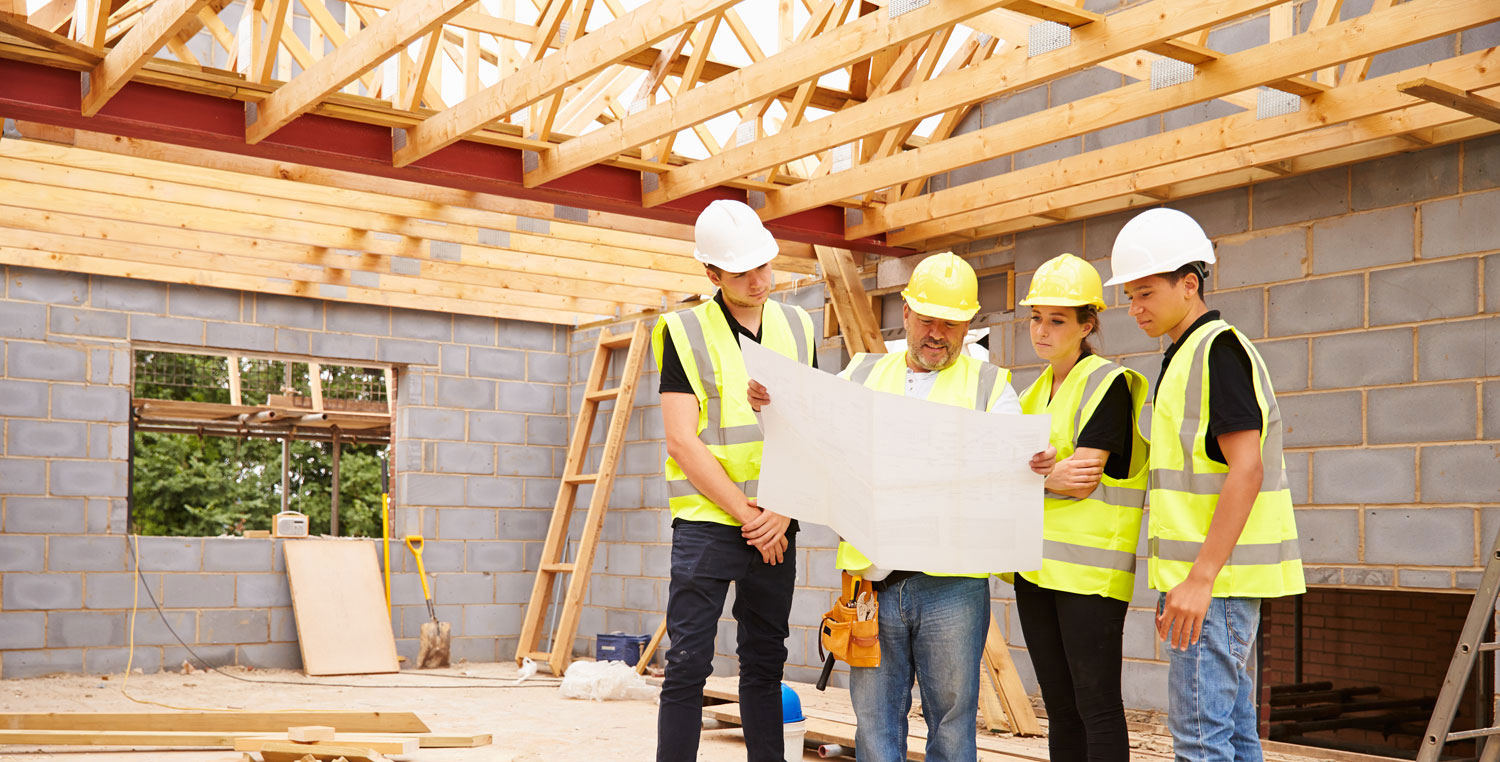Following the increase in industry workers being diagnosed with fatal silicosis, this week we address the changing exposure standard of Silica Dust and WorkSafe Victoria’s new guidance Working with Reconstituted Stone.
1. New Guidance Published
WorkSafe Victoria’s new guidance Working with Reconstituted Stone which is now available online: https://-working-with-reconstituted-stone.pdf
This document outlines the employer responsibilities for controlling the risks of exposure to crystalline silica dust from reconstituted stone and provides key advice for working on other materials which contain silica. It covers ways to control the dust, and requirements for health and air monitoring.
In addition, the Victorian exposure standard for respirable crystalline silica dust has been reduced to 0.05 mg/m3 as a time-weighted average (TWA) airborne concentration over 8 hours. An 8-hour TWA exposure standard is the average airborne concentration of a particular substance permitted over an 8-hour working day and 5-day working week.
2. What is Silica & Where Is It?
Crystalline Silica (Quartz) can be found in stone, rock, sand, gravel and clay. Subsequently silica is found in aggregates such as brick, concrete, clay tiles, ceramic tiles and reconstituted stone.
Concrete can contain up to 60% crystalline silica, depending on the supplier.
Reconstituted stone products, such as those used as kitchen benchtops, can contain up to 95% crystalline silica.

When such products are cut, ground, drilled or polished, they release very fine dust. Breathing in this dust is likely to cause deadly diseases such as silicosis, lung cancer, kidney disease and autoimmune disease.
Dry cutting, grinding or polishing reconstituted stone generates dust with very high levels of crystalline silica.
3. Silicosis Health Statistics
According to the Cancer Council about 587,000 Australian workers were exposed to silica dust while on the job in 2011. About 5758 of those are estimated to develop lung cancer in the future as a result of that exposure.

Safe Work Australia is seeking input on the recommended values for respirable crystalline silica (RCS). The draft report on silica recommends a time weighted average of 0.02 mg/m3 to minimise the risk of workers exposed to respirable crystalline silica at the workplace.

The current exposure standard in Victoria is a time weighted average airborne concentration of 0.05 mg/m3. The limit that you should be inhaling per day is shown next to the penny.
4. Employers Must Control Exposure
Employers must control the risks of employee exposure to crystalline silica dust. Prior to works, Materials Safety Data Sheets (MSDS) should be sought to assess the potential levels of silica within materials.
Control measures include:
- Eliminate cutting at the installation site
- Substitute materials for those with a lower silica content
- Wet methods, such as tools with water suppression
- Local exhaust ventilation (LEV), such as tools fitted with extraction attached to a HEPA filtered dust class H vacuum cleaner
- Ensure clean up and housekeeping processes do not generate dust
5. Air Monitoring
By law, employers must carry out air monitoring if:
- They are not sure if their employees are exposed to levels of silica dust that are above the exposure standard, or
- They cannot work out if there is a risk to employee health without air monitoring

Employers should carry out regular air monitoring to ensure employee exposure is controlled.
How Can We Help?
BB Risk Solutions can conduct:
- Air monitoring for silica dust
- Assess the effectiveness of control measures
- Develop safe work procedures & methodologies
- Respirator fit testing & training
- Review documentation & assess compliance with legislation
For more information and advice please contact us or visit our website.
Our team are experts in conducting risk assessments and providing technical advice across a range of occupational health and safety services.
We will work with you to ensure you are fully informed of the potential risks, assist you navigate legal obligations and provide appropriate on-going management options.
For more information on silica dust and compliance please click on the following link: https://www.worksafe.vic.gov.au/dust-containing-crystalline-silica-construction-work


